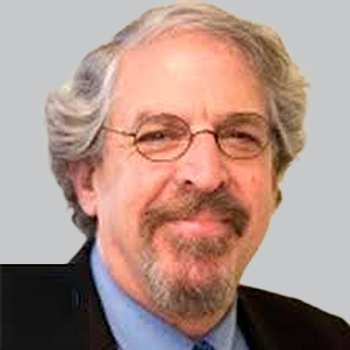
Andre Machado, MD, PhD: Using DBS and FUS in Complementary Fashion

The Chairman of the Neurological Institute at Cleveland Clinic spoke to the differences between deep brain stimulation and focused ultrasound, as well as how they can be utilized to complement one another.
“They complement each other, they don’t replace each other. They are both invasive­...at the end of the day something is happening inside the brain.”
The interest in using non-drug interventions for movement disorders such as essential tremor or Parkinson disease has grown in recent years. Many clinicians have turned to
Andre Machado, MD, PhD, Institute Chair, Neurological Institute, Cleveland Clinic, is all too familiar with these methods of treatment—as well as their differences. In a conversation with NeurologyLive, he explained how those differences actually allow FUS and DBS to be used in a complementary fashion in some instances. He also shed light on the various situations and patient populations in which he finds them most useful.
Additionally, Machado spoke to the differences in invasiveness between the 2 procedures, noting that while DBS requires surgery, it can technically be considered less invasive due to the impermanence of its effects compared to FUS, which causes a permanent ablation.
Newsletter
Keep your finger on the pulse of neurology—subscribe to NeurologyLive for expert interviews, new data, and breakthrough treatment updates.


































